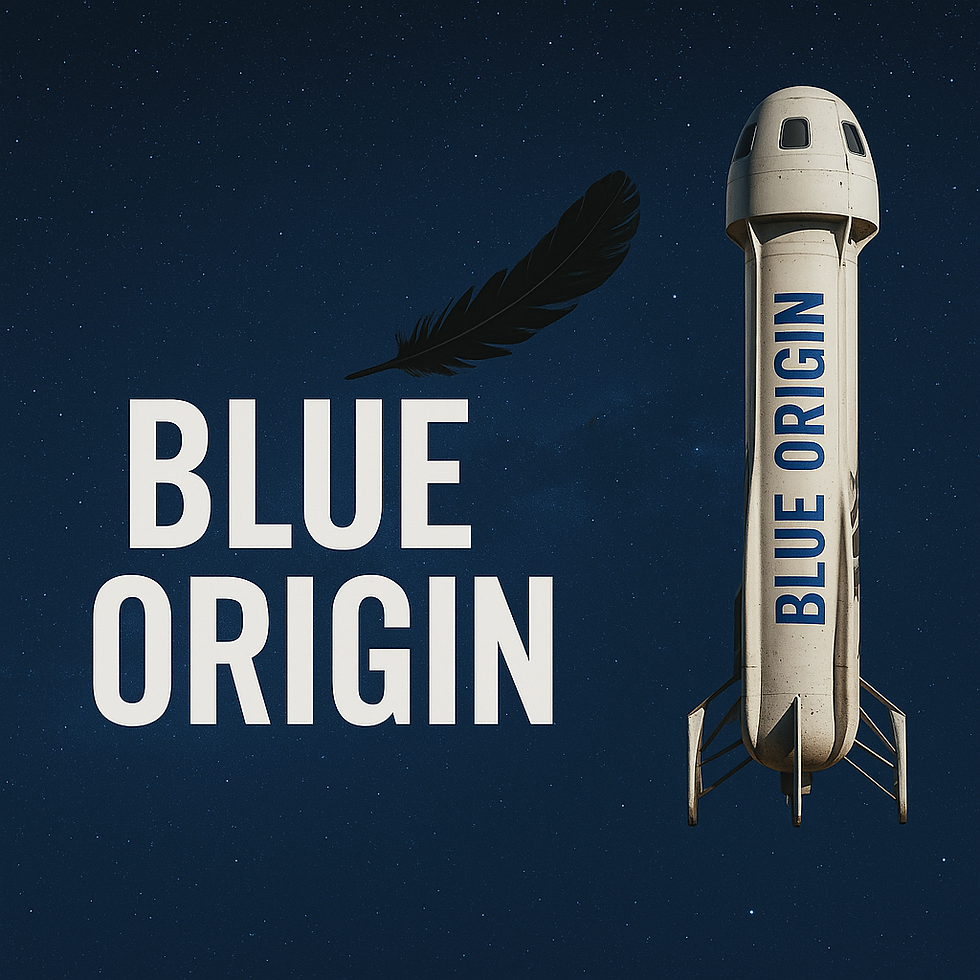SpaDeX: India's Leap into Space Docking
- Knowledge Barrel
- Dec 31, 2024
- 3 min read

The Indian Space Research Organisation (ISRO) has embarked on a groundbreaking mission named SpaDeX (Space Docking Experiment), aiming to establish India's capability in orbital docking technology. This critical technology is essential for various future space endeavors, including human spaceflight missions, satellite servicing, and the construction of space stations.
Understanding Space Docking
Space docking is the process of autonomously connecting two spacecraft in orbit. It involves a series of complex maneuvers, including precise rendezvous, proximity operations, and finally, the physical docking of the two spacecraft. This technology is crucial for various reasons:
Satellite Servicing: It allows for the repair, refueling, or upgrade of satellites in orbit, extending their lifespan and reducing space debris.
Space Station Construction: Docking enables the assembly of large space structures like the proposed Bharatiya Antariksh Station (BAS), where modules can be transported and attached in orbit.
Human Spaceflight Missions: Docking is essential for crew transfers between spacecraft and space stations, as well as for resupply missions.
The SpaDeX Mission
The SpaDeX mission involves two small spacecraft, each weighing around 220 kg, launched by the PSLV-C60 rocket. These spacecraft are designated as the "Chaser" and the "Target." The Chaser spacecraft is actively controlled and equipped with sensors and thrusters to perform the docking maneuvers. The Target spacecraft, on the other hand, remains passive and awaits the Chaser's approach.
Key Objectives of SpaDeX
Technology Demonstration: The primary objective is to demonstrate India's capability in autonomous space docking technology. This involves showcasing the precision and reliability of the rendezvous, proximity operations, and docking mechanisms.
Payload Accommodation: Both spacecraft carry scientific payloads to support various research activities. SpaDeX A features a high-resolution camera for Earth observation, while SpaDeX B carries a miniature multispectral payload for vegetation studies and a radiation monitor.
Mission Phases
The SpaDeX mission is divided into several critical phases:
Launch and Deployment: The two spacecraft are launched together into a low Earth orbit by the PSLV-C60 rocket.
Initial Separation: After deployment, the Chaser and Target spacecraft separate to establish a safe distance.
Rendezvous: The Chaser spacecraft uses its onboard sensors and thrusters to gradually approach the Target spacecraft. This phase requires precise calculations and maneuvers to ensure a safe and controlled approach.
Proximity Operations: Once in close proximity, the Chaser performs a series of maneuvers to maintain a stable position relative to the Target. This involves precise attitude control and station-keeping techniques.
Docking: The final phase involves the physical connection of the Chaser and Target spacecraft. This is typically achieved using a docking mechanism, such as a probe and drogue system.
Challenges and Considerations
Space docking is a complex and challenging endeavor, with several factors to consider:
Orbital Mechanics: Precise calculations are required to account for the gravitational forces and orbital dynamics of the spacecraft.
Sensor and Control Systems: Reliable sensors and control systems are essential for accurate navigation, guidance, and control during the rendezvous and docking phases.
Safety and Reliability: Ensuring the safety of both spacecraft and the crew (in future human missions) is paramount. Redundancy and fault tolerance mechanisms are crucial.
Communication and Data Handling: Reliable communication links are necessary for real-time telemetry, command, and control.
Significance of SpaDeX
The SpaDeX mission holds significant importance for India's space program:
Technological Advancement: It marks a major milestone in India's space technology development, demonstrating the country's capability in complex space operations.
Future Missions: The successful demonstration of space docking technology will pave the way for future ambitious missions, including human spaceflight, satellite servicing, and the construction of space stations.
International Collaboration: SpaDeX can contribute to international collaborations in space exploration, fostering partnerships with other space agencies.
ISRO's SpaDeX mission represents a significant step forward in India's space program. The successful demonstration of space docking technology will open up new possibilities for future space endeavors, contributing to India's growing prominence in the global space arena.





Comments